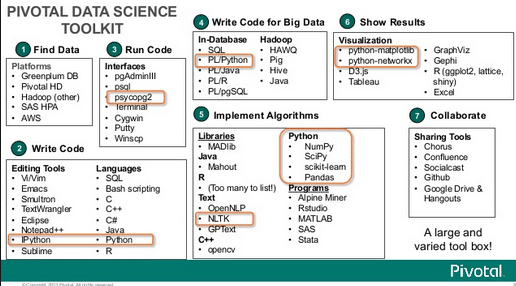4 Ways Big Data Is Transforming Healthcare
- by 7wData

It’s hard to think of a more worthwhile use for big data than saving lives – and around the world the healthcare industry is finding more ways to do that every day.
From predicting epidemics to curing cancer and making staying in hospital a more pleasant experience, big data is proving invaluable to improving outcomes.
This is very good news indeed – as the cost of caring has skyrocketed in recent years and is expected to continue to do so as the population ages – to the point where we could be headed for serious trouble.
I’ve spoken before about the hospital unit which found it could detect infections in newborns 24 hours before symptoms showed, by monitoring a live stream of heartbeats and breathing patterns.
And I’ve also mentioned Google’s (disputed but interesting) claims that it could detect outbreaks of flu more accurately than standard prediction methods by monitoring search activity.
But these are just the tip of the iceberg in an industry which generates mountains of data across every area of its operations.
In fact last year a survey by IDC Health Insights found that 50% of the hospitals and healthcare insurers put increasing their analytics capabilities as their top priority for investment over the next year.
And the body of medical literature from which further research evolves continues to grow every day – with an estimated one million records per year added to Medline, the online repository of scientific studies related to medicine.
Efficiency is the great driver here – with the cost of healthcare in the US currently standing at around 18% of GDP and forecast to rise, payment models are changing. While traditionally providers have been paid according to number of patients they treat, a move towards payment based on results and quality of treatment is taking place. These more complex metrics require more data and a different analytical skill set, rather than simply counting the number of patients coming through the door.
McKinsey & Company compiled a report for the Center for US Health System Reform which identified four main sources of big data in the healthcare industry.
These are the basic figures showing the amount of care which has been supplied by providers in the system, and the cost of paying for that care. Analysis of this tells us about the spread of diseases, and the priority that should be given to dealing with specific health threats. The most cost-effective treatments for specific ailments can be identified and the number of duplicate or unnecessary treatments can be significantly reduced. In the United States, Methodist Health System has used a tool which analyses Medicare claims data to highlight groups and individuals who may need expensive care in the future, allowing for less costly preventative action at an early stage.
These include patient medical records and images gathered during examinations or procedures, as well as doctors’ notes. For example, the Carilion Clinic, in Virginia, says it used natural language processing algorithms to analyse 350,000 patient records, identifying 8,500 people at risk of heart problems. Similarly, the American Medical Association reported that analysis of patient records found only 26% of children who had recorded three high blood pressure readings at separate visits to their doctors had been diagnosed as suffering hypertension – highlighting a significant number of failures to spot the condition.
[Social9_Share class=”s9-widget-wrapper”]
Upcoming Events
Evolving Your Data Architecture for Trustworthy Generative AI
18 April 2024
5 PM CET – 6 PM CET
Read MoreShift Difficult Problems Left with Graph Analysis on Streaming Data
29 April 2024
12 PM ET – 1 PM ET
Read More




